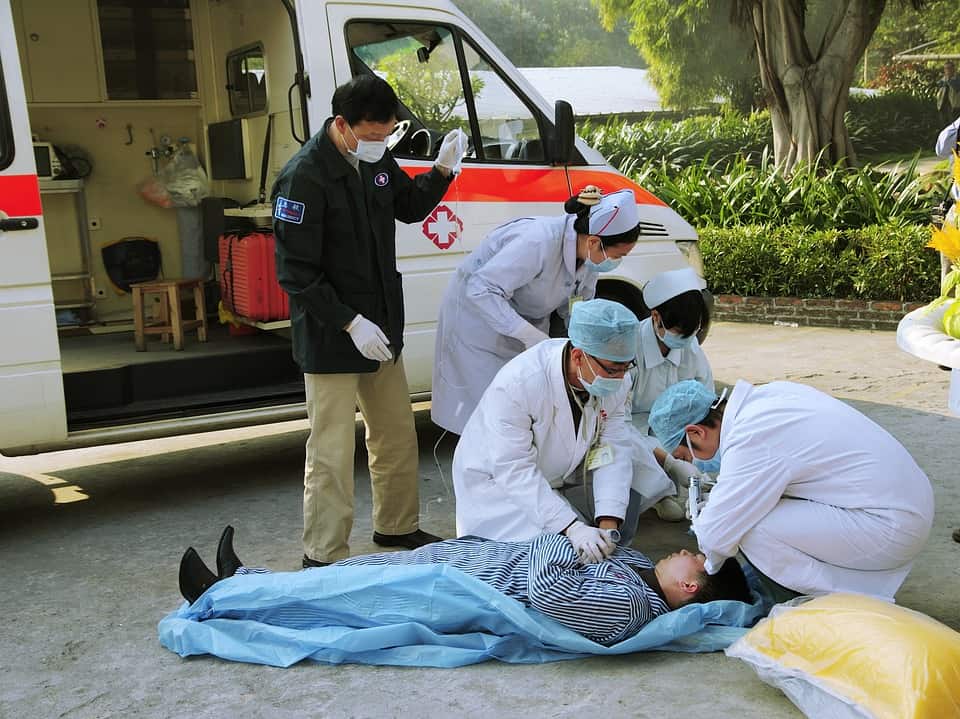Chula Vista Bicycle Rider Killed While on Nationwide Bike Trek
A memorial service is scheduled on Saturday for a Chula Vista man killed on June 21, 2009, during a cross-country bike tour in order to protest government bailouts. The suspect thought to have killed the biker was a drunk driver in Illinois who left the scene of the car crash and was later arrested.
The fatal bicycle accident of Chula Vista resident Jim Gafney, 65, is mourned by his wife Nancy, three daughters, and a large extended family, who had asked him not to take part in the tour, although he was a seasoned bike rider. Gafney was apparently incredibly determined to make his voice heard on the bailouts, which he worries will affect his future generations in a very negative way, and his family hopes that his mission will not be lost but instead, that his death would help carry on his mission and echo his voice.
Gafney was a former Navy man and retired computer engineer who had worked at Camp Pendleton. He had left Chula Vista for his bike across the country on April 27 and was on U.S. Route 50, about 60 miles east of St Louis when, just before 1 a.m. he was struck from behind by a 1997 Nissan Altima being driven by a 27-year-old man suspected to be drunk, according to Illinois State Police. The driver was arrested shortly thereafter by an officer for speeding when they noticed the damage to his car. He told state troopers that he had been driving over a hill and saw Gafney but was not able to stop or avoid hitting him, according to Master Sgt. Chris Trame. Trame notes that the road on which the Chula Vista biker died was just a two-lane roadway with no shoulder, an area that was very isolated and not well lit. The driver is facing charges that include aggravated driving under the influence and leaving the scene of the accident.…










